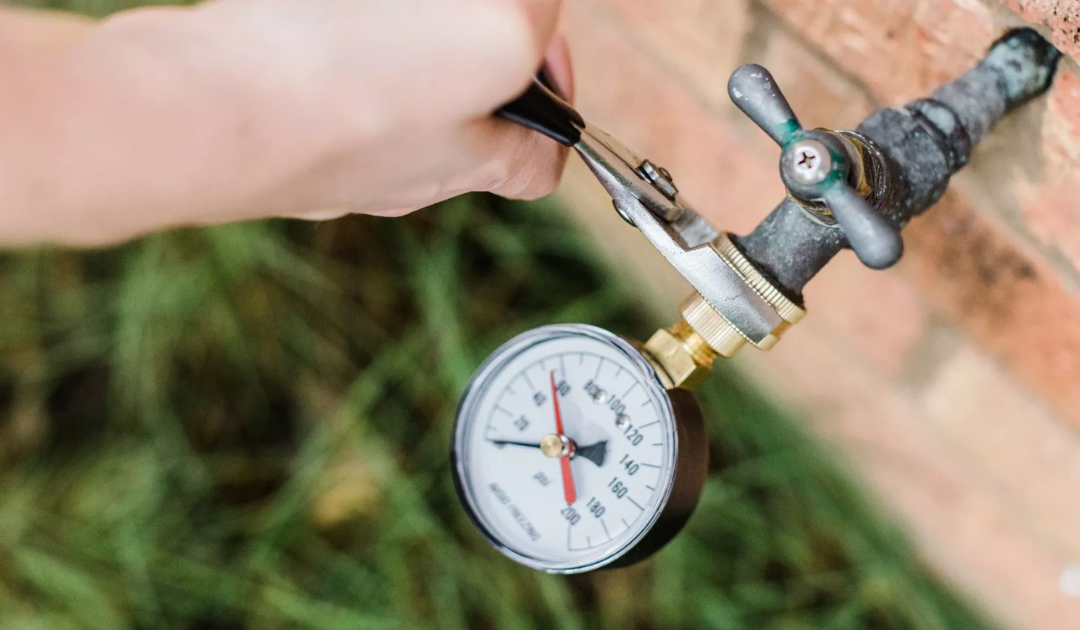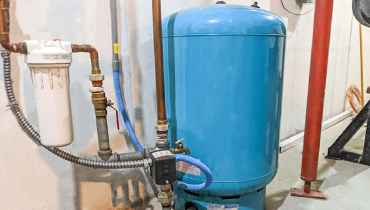Swift Solutions for Limited Water Pressure in Your Home
Swift Solutions for Limited Water Pressure in Your Home
Blog Article
This post underneath pertaining to Low Water Pressure in the House? is indeed captivating. Read it for your own benefit and figure out what you think of it.

Low water stress in your house can be an aggravating problem, affecting every little thing from bathing to cleaning dishes. If you're experiencing weak water circulation, there are numerous possible reasons and services to explore. In this overview, we'll talk about usual factors for low tide pressure and functional actions to deal with the issue properly.
Introduction to Low Tide Pressure
Low water pressure takes place when the circulation of water from your taps, showers, and other components is weaker than common. This can make everyday jobs much more tough and much less effective. Recognizing the reasons for low tide stress is important to discovering the appropriate service.
Common Causes of Low Tide Stress
Faulty Stress Regulators
Pressure regulators are accountable for preserving constant water pressure in your home. If they malfunction, it can lead to low water stress or uneven flow throughout your home.
Municipal Water Issues
Sometimes, the issue exists outside your home. Municipal supply of water issues, such as main line leakages or maintenance job, can briefly lower water stress in your location.
Pipeline Obstructions
In time, pipes can come to be clogged with natural resource, sediment, or particles, limiting the circulation of water. This is a common concern in older homes with galvanized steel pipes.
Corrosion
Rust within pipelines can bring about leakages and minimized water pressure. Corrosion buildup can tighten water circulation, specifically in aging plumbing systems.
How to Identify Low Water Pressure
Evaluating Pipelines
Examine noticeable pipelines for indicators of leaks, rust, or obstructions. Pay attention to any kind of uncommon noises, such as knocking or rattling pipelines, which could suggest concerns within the plumbing system.
Consulting with a Plumber
If you're not able to pinpoint the source of low tide pressure, take into consideration employing an expert plumber to perform an extensive inspection. They can recognize underlying issues and suggest suitable options.
Inspecting Taps and Components
Begin by checking the water stress at different taps and components throughout your home. If the issue is isolated to particular locations, it might indicate localized troubles.
DIY Solutions to Repair Low Water Pressure
Flushing Hot Water Heater
Sediment build-up in the hot water heater can restrict flow and lower performance. Purging the container occasionally aids remove sediment and preserve ideal efficiency.
Examining Pressure Regulatory Authority
Guarantee that the pressure regulator is operating correctly. Changing or changing the regulatory authority can aid recover correct water stress throughout your home.
Cleaning Aerators and Showerheads
Natural resources can build up in aerators and showerheads, lowering water circulation. Eliminate and cleanse these components consistently to boost water pressure.
Cleaning Clogs in Piping
For minor blockages, attempt using a plumbing serpent or chemical drain cleaner to clear blockages in pipes. Be cautious when using chemicals and follow safety and security guidelines.
When to Call a Professional Plumber
If do it yourself efforts fall short to deal with the problem or if you suspect considerable plumbing problems, it's finest to seek assistance from an accredited plumber. They have the knowledge and devices to resolve complex problems safely and properly.
Preventive Measures to Preserve Water Pressure
Setting Up a Pressure Booster
Consider mounting a stress booster pump to enhance water stress in locations with continually reduced flow. This can be specifically advantageous for multi-story homes or homes with high-demand components.
Tracking Water Usage
Bear in mind water usage routines and avoid ill-using the plumbing system. Easy changes, such as incredible showers and washing tons, can assist maintain sufficient water pressure.
Regular Maintenance
Arrange routine upkeep for your plumbing system to avoid issues such as corrosion, leakages, and obstructions. Resolving minor issues early can help avoid even more substantial repairs in the future.
Verdict
Managing low tide stress can be irritating, but identifying the underlying causes and carrying out ideal services can bring back optimal flow throughout your home. Whether it's cleaning up aerators, inspecting pipelines, or speaking with a plumber, taking positive actions can guarantee a consistent supply of water for your everyday demands.
FOUR WAYS TO FIX LOW WATER PRESSURE NOW
Turning on a shower or faucet only to find the water comes out in a sad, slow drizzle is never a good feeling. How exactly are you supposed to wash a pan or take a quick shower when it takes 10 minutes just to rinse off a little soap? The good news is that when your water pressure is bad, there's always a cause: typically one that can be easily fixed. Here are some of the most common causes of low pressure and what you can do to fix the issue:
DEBRIS AND MINERAL DEPOSIT BUILDUPS
If you notice low water pressure from just one or two of the fixtures in your house, the problem likely has to do with debris buildup. Water is full of minerals and other debris, all of which can accumulate in your pipes and on your fixtures. This can cause a blockage that affects how much water flows through. To fix this, try filling a small plastic bag with white vinegar, and use a rubber band to hang it around your showerhead or faucet. Let the head of the fixture soak for a few hours, and the vinegar should loosen the deposits.
WATER LEAKS
Leaks are another common cause of low water pressure. If water is flowing out of your plumbing through a hole or crack before it can reach your fixture, the pressure coming out of the faucet or showerhead will be lower. A plumbing professional is your best bet for finding and repairing a leak in your water supply pipes.
Leaks are another common cause of low water pressure. If water is flowing out of your plumbing through a hole or crack before it can reach your fixture, the pressure coming out of the faucet or showerhead will be lower. A plumbing professional is your best bet for finding and repairing a leak in your water supply pipes.
A VALVE ISSUE
If you have low water pressure throughout your home, check your main shut-off valve to make sure it's completely open. You may also want to see if there's a pressure-reducing valve installed. If there is, have a plumber help you adjust the settings to get the pressure you're looking for.
OTHERS USING WATER
Believe it or not, your low water pressure could be caused by your neighbors. If you notice low pressure at certain times of day, it may be because you and the people living next to you have similar schedules - when everyone is showering at the same time, the pressure will be lower in every home. Low pressure throughout the neighborhood may also be caused by an issue with your municipal water supply. If that's the case, call the supplier to see if they're working on the issue.
https://www.rotorooter.com/blog/water-leaking/low-water-pressure-fixes/

We hope you enjoyed our post on Dealing with Low Water Pressure in Your Home. Thanks a ton for taking the time to browse our content. If you please pause to share this write-up if you liked it. We enjoy reading our article about 10 Reasons for Low Water Pressure in Your House.
Click Here Report this page